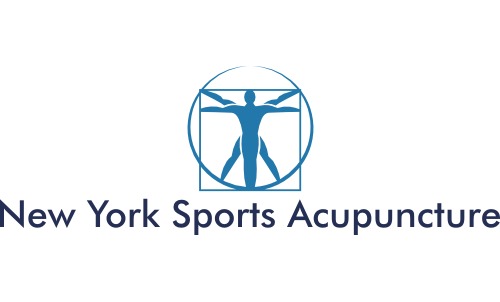Research Update 1: Acupuncture Treatment For Stressed College-Goers
Arizona
State University conducted a study on the effects of stress on college students
and staff in a “large urban college population.” The study was a two-group, randomized
controlled trial where the participants underwent either sham acupuncture or
verum acupuncture. The participants included college students, faculty and
staff at a large public university and the study was approved by the university’s
institutional review board with the consent of each participant.
Prior
to the study beginning, each participant answered questions in the Cohen’s
Global Measure of Perceived Stress questionnaire at 5 different parts of the
study. The intention behind this step was to measure how stress changed or did
not change for each participant throughout the course of the treatment.
The
acupuncture points that were used within the study were as follows. These
points were given to the treatment group which were set to undergo verum
acupuncture. Each group reported to the acupuncture clinic once a week for a 30
minute session.
- GV 20
- PC 6
- HT 7
- Yin tang
- Four Gates
- CV 17
- CV 6
- ST 36
The
second group (considered the control group) received sham acupuncture in 3
points that are not known to have any effect on stress. These points on the
body that are located between meridians and were inserted unilaterally and
without stimulation or manipulation to ensure that de qi would not occur.
After
the study was completed, each participant was questioned on the levels of
stress that they each endured after 6, 12, 18 and 24 weeks post-treatment.
Between the first treatment and the 24th week post-treatment, the verum
acupuncture group reported a 45.8% improvement in the perception of stress. The
sham acupuncture group reportedly showed a 40.3% difference in stress levels
between the start of the study and post-treatment. However, at 3 months
post-treatment, the sham acupuncture group had shown a decrease in their
stress-scores.
To
reduce the amount of error in the study, they “treated every participant with
the same point combination, no matter what their underlying energetics may have
suggested.” This was to keep the acupuncture points as consistent as possible
in order to obtain the most accurate results possible.
The
study did determined that stress was reduced through the use of
acupuncture on the participants within the study but that a larger sample size
would aid in obtaining more statistically consistent results.
This study appears promising for determining the effects of
reducing stress on university-goers through the treatment of acupuncture.
However, further study and testing would be necessary for more conclusive
results.
New York Sports Acupuncture
Dr. Bishara Wilson, DACM, L.Ac.
www.nysportsacu.com
888.375.5444
New York Sports Acupuncture
Dr. Bishara Wilson, DACM, L.Ac.
www.nysportsacu.com
888.375.5444






